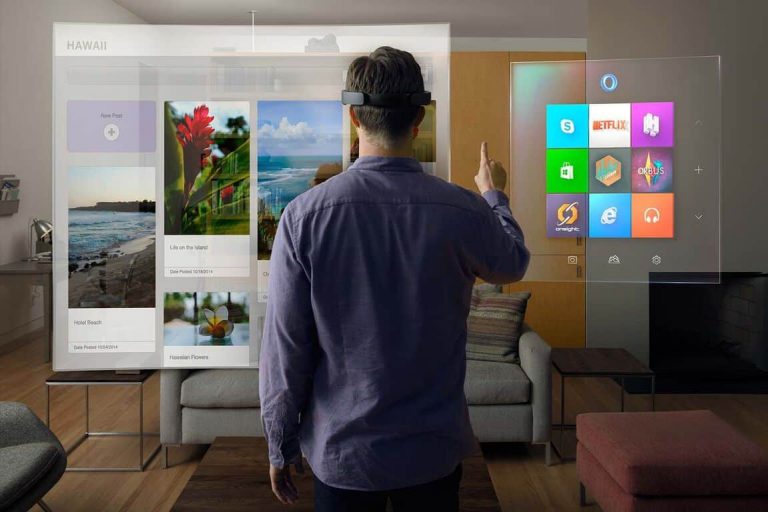Microsoft’s Chief Envisioning Officer, Dave Coplin, comments on the future of the HoloLens and Microsoft’s future capabilities in virtual reality (VR) and augmented reality (AR) in an interview with Vodafone UK. For AR, games like Pokemon GO have changed the world and brought up some interesting conversations about how AR technology can interrupt and change how people communicate.
Coplin discusses Microsoft’s vision for mobile devices and his thoughts on Pokemon GO.
“Microsoft has always a vision – that mobile devices are windows into the digital world. To provide the best experience, you want to be able to reach into the digital world no matter where you are or what you’re doing, take the best it has the offer, and then use that to improve your real world experience. One of the things I’ve loved this summer has been playing Pokémon GO. Not just because it’s fun, but because it’s actually driven an important conversation about augmented reality in everyday life. It’s not just technology geeks playing the game, it’s you, me, and the person sitting next to you.”
Microsoft has the HoloLens, a headset allowing developers and Microsoft partners to use for business and development in the AR space. At the moment, you can use Hololens to visualize games, apps and screens onto real-life surfaces in your environment, like your living room wall, coffee table, or any other piece of furniture you own.
Coplin discusses that up until now, most in the business and personal computing world have relied on two-dimensional (2D) technology to operate, rather than three-dimensional (3D) technology. While still in the early stages of development, Coplin sees the future where HoloLens will be obsolete because there will be a time where headsets are no longer required to create and manipulate holograms.
“We’ll have interesting augmented reality coming through that you can use on anything from Google Cardboard to Oculus Rift, or in the next Xbox (Project Scorpio) – which will have AR and VR capabilities – but for now the reality of holograms is that they have very niche use cases. Over time it will go further, but at this point the limiting factor for holograms is the headset. There’s a middle ground, which will be based in augmented reality delivering some value to your immediate locations – like being in the supermarket and seeing recipes brought to life around the physical products, but I still think wide spread use of AR and VR is a way away.”
Microsoft and its partners are working towards a way to see and manipulate holograms without the need of a headset like HoloLens. Coplin comments that while this technology is still in the very early stages of development, it’s coming:
“The ultimate goal is holograms without the headset. We (Microsoft and its partners) have prototypes in our labs capable of projecting objects in three dimensions that you can see without a headset. It’s hard, and it’s expensive, and the resolution isn’t great, but it’s just the beginning of that journey. So having a conversation with your far flung relatives in their holographic form in your kitchen is still a long way off, but it is the direction the technology is moving in, and that spells exciting times ahead.”
It’s exciting to see what else Microsoft has in store for the AR and VR world in the coming years, but for now we will just have to stay tuned. Let us know in the comments what you think of Microsoft’s efforts with AR and VR.


